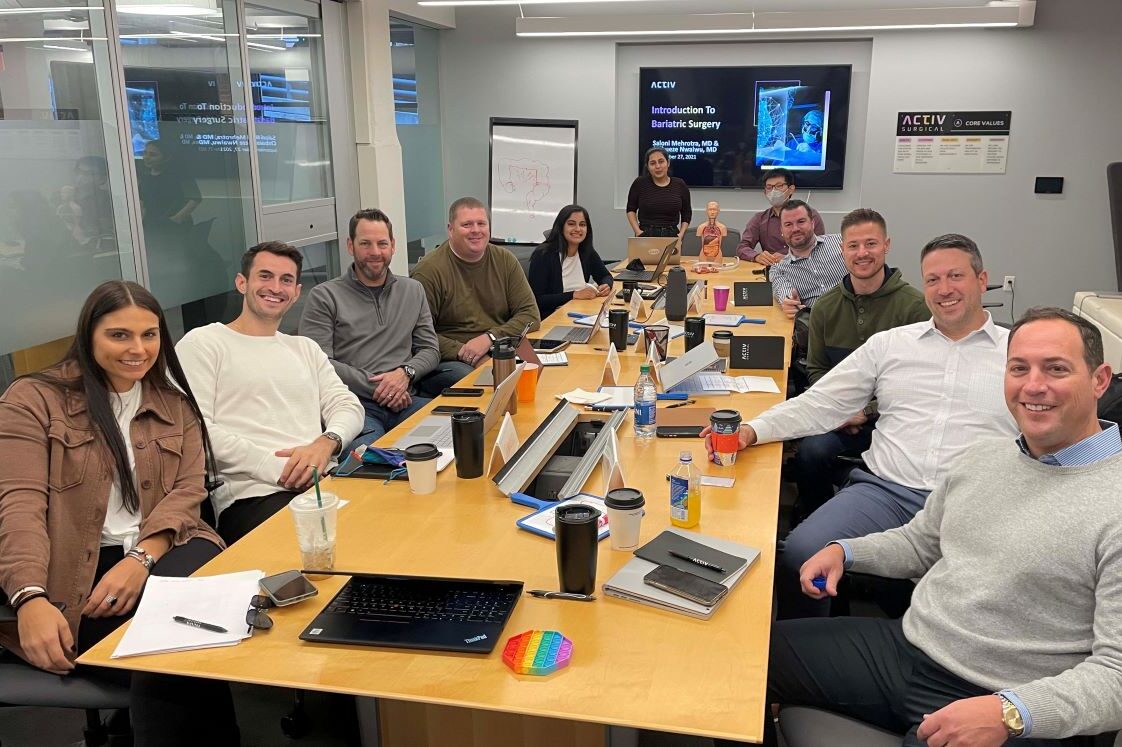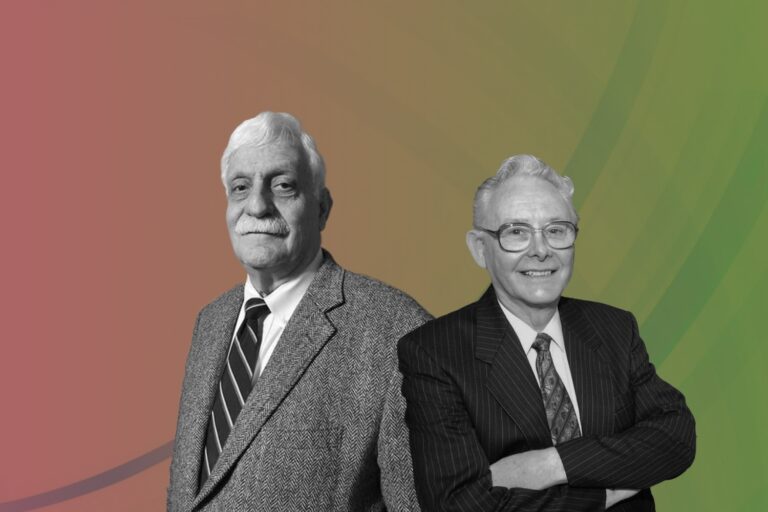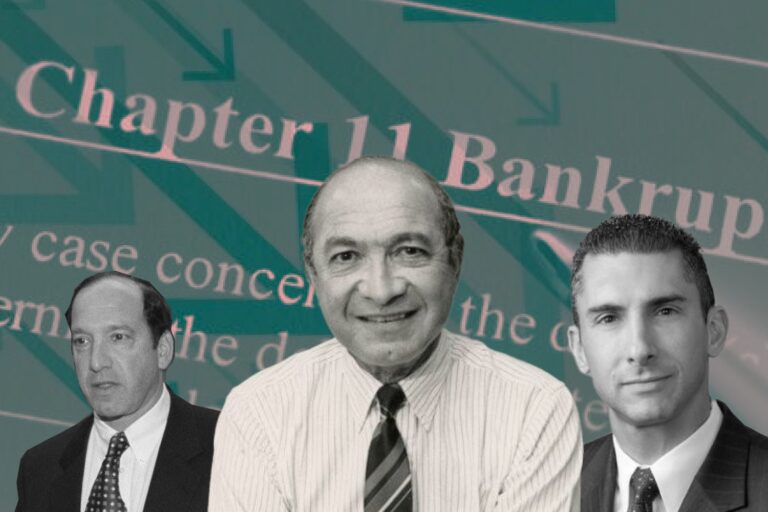Surgical Insights from the Digital Surgery Powerhouse ACTIV through Its Leaders’ Lens
Based in Boston, Activ Surgical was founded in 2017 by Dr. Peter Kim, a renowned surgeon who identified an industry-wide need to deliver real-time intraoperative visual data and images to surgeons during procedures and demonstrated a proof of concept of fully autonomous robotic surgery. Inspired by that vision to democratize surgery, the company performed the world’s first fully autonomous suturing of soft tissue, outperforming open, laparoscopic, and robot-assisted techniques. This groundbreaking achievement opens up a whole new world of possibilities for medical technology.
Activ Surgical is seen as a first-of-its-kind digital surgery company enabling collaborative surgery where surgical systems can see what humans cannot see. With over 100 years of med-tech experience, its team has a deep commitment to medical innovation, and the company is just getting started on its mission to empower surgeons to achieve the best possible outcomes and save lives. Since its inception, Activ Surgical has been working on harnessing machine learning, augmented reality, and other advanced technologies to develop new ways of collaborating with surgeons. This will help practitioners avoid medical complications that kill about 400,000 people in the U.S. every year.
Activ Surgical’s experienced senior leadership team has proven success in the commercialization of innovative medical technology. Led by CEO Todd Usen since 2018, the team has a combined 120 years of med-tech experience and is supported by world-renowned advisors who are leaders in robotic surgery, intelligent data, and surgical innovation. It has aimed initial focus on the 2.2 million most common laparoscopic procedures. “We want to keep surgeons in the loop, to give them more data than they ever had before,” Todd Usen stated.
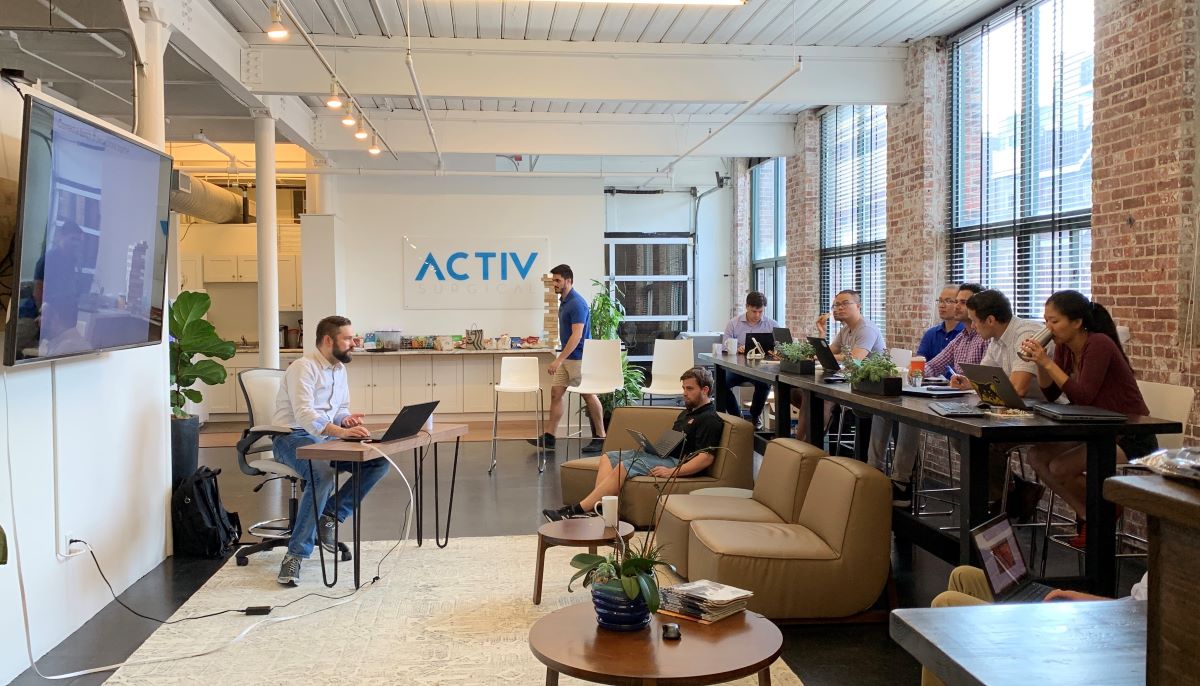
How Came the Early Founding Days?
As a career surgeon and medical technologist, Peter Kim founded Activ Surgical after witnessing firsthand the problems current healthcare practitioners and surgeons see day in and day out. As Peter Kim realized a massive demand for industry-wide reform. “Surgical errors are directly leading to the loss of human life and cost the healthcare system billions each year. I believed there had to be a way to not only reduce medical errors but reduce the high cost of surgery and save lives,” he said.
There was a need to overturn a 70-year-old status quo surgical imaging process that uses fluorescent dye and does not offer real-time, objective physiologic information. Instead, Activ Surgical’s aim is to deliver real-time intraoperative visual data and images to surgeons when they critically need it during procedures. As the inventor of Activ’s foundational technology, Peter Kim developed the platform over the course of seven years, with more than $13 million in non-dilutive grant funding.
According to Peter Kim, Activ is his very first startup after holding a long career in healthcare and surgery. He previously served as Associate Surgeon-in-Chief of the Joseph E. Robert, Jr., Center for Surgical Care at Children’s National, as well as led the FDA-funded National Capital Consortium for Pediatric Device Innovation.
“I originally joined Children’s National from the Hospital for Sick Children in Toronto, Ontario, a national and international leading institution in pediatric research and care. I received my medical training, including the distinction of Master of Surgery, at McGill University. I completed my surgical residency training at the University of Toronto as well as a fellowship in pediatric surgery at the University’s Hospital for Sick Children,” he shared his background, which led him to the path of building his own digital surgery startup.
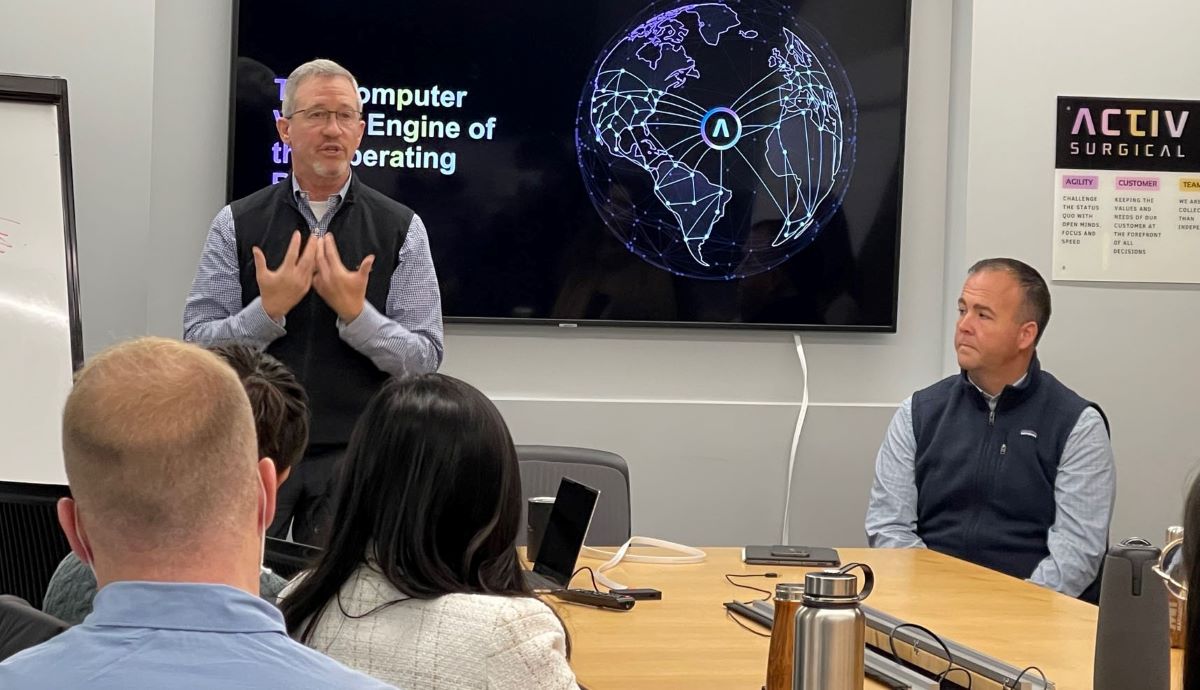
Another leader behind the success of Activ Surgical is no one other than Todd Usen who is playing the role of the company’s CEO. He is an accomplished and seasoned leader with more than 30 years of medical device and healthcare experience, and a proven track record for leading, developing, and executing commercialization strategies and driving market development initiatives for profitable growth. He joined Activ Surgical in January 2019 after serving as the President of the Medical Systems Group at Olympus Corporation of the Americas.
“I joined Dr. Kim and the Activ team in 2019, with more than 25 years of medical device and healthcare experience. Prior to Activ, I served as the President of the Medical Systems Group at Olympus Corporation of the Americas, where I led the group’s expansion from six medical divisions to 11. Prior to joining the Olympus Corporation, I also held positions of President of Orthopedics at Smith and Nephew, overseeing the Total Joint, Sports Medicine and Trauma divisions,” he said.
When it comes to the specific problem that he is seeking to address at Activ Surgical, Usen desires to envision a future of collaborative surgery, with surgical intelligence empowering scopes and robots to see what humans cannot see. Human judgment and wisdom are augmented by robotic precision and the power of insights derived from some of the world’s top surgeons using artificial intelligence and machine learning.
“Through our platform, we are aiding surgeons across the U.S. by providing critical real-time intelligence and visualization to improve patient outcomes, reduce preventable surgical errors and complications, and create significant overall savings to healthcare systems,” said Usen.
According to him, behind heart disease and cancer, preventable medical errors are currently the third leading cause of death. Of these deaths, surgical errors account for nearly 26% of these errors. That number is estimated to cost the healthcare system over $36 billion in the U.S. alone. As Usen stated, not only are there massive cost savings to be had, but more importantly, there are lives that can be saved with our technology.

Addressing an Age-Old Problem with Cutting-Edge Technology
Today only 3% of surgical procedures are performed by robots, although 15% of all operations used robotic support or assistance in the U.S. in 2020. One of the biggest ongoing debates in surgery is the extent to which complex medical interventions should be centralized to improve outcomes. Robotics is developing so fast that, in most cases, robot manufacturers will be best placed to train surgeons in their use. Clearly, there’s still a long way to go with a lot of opportunities for startups to jump in and make the industry better.
Despite modern advances in medical technology, surgeons still rely on decades-old methods to provide guidance as they navigate the human body during operations. Specifically, injected fluorescent medical dyes have been used to help surgeons visualize the blood flow and perfusion in organs in the vicinity of the operation sites. While dyes are largely safe for most of the population, they are not without risk, particularly when it comes to pregnant patients.
Activ’s technology makes it possible to avoid the use of dyes entirely. The company’s proprietary hardware imaging module, ActivSight, will power its first product, ActivINSIGHT. It works seamlessly with existing visualization systems to provide real-time intraoperative visual data and images existing technologies can’t provide to surgeons. Working in tandem, ActivSight and ActivINSIGHT offer surgical guidance through dynamically generated visual overlays without the need for conventional surgical visual aids.
Before touching base with technology, we need to think about the human quotient of the department. Surgeons have enormous responsibilities as one incision on the patient’s body could result in irreversible damage or medical miracles. With the rise of digital technologies, the operating rooms and surgeons are inundated with new devices to make the least cuts possible. There’s a need to deal with these new surgical technologies to make the entire space understand that it could extend the capabilities of surgeons instead of replacing them.
Recognizing the Role of Humans over Artificial Intelligence
“I was employee number two at Activ Surgical, joining in 2017, and working alongside Peter Kim and Michael Ruehlman to create the brand and establish our headquarters in Boston. When I was first approached with the opportunity to join this VC-founded company, I was a massive proponent of advanced visualization, convinced that visualization could really improve patient outcomes in any scenario,” said Activ Surgical’s CTO Tom Calef, a renowned medical roboticist and engineering leader who has delivered breakthrough innovation in surgical robotics.
He thinks robotics, intelligence, and sensing will fuel innovation in the med device industry significantly. There is already a massive uptake in standard robotics use. According to him, as we really show the clinical benefit of intelligence, we are going to adjust that trajectory even more so.
However, the wisdom, judgment, and instincts of a human surgeon can never be replaced. At Activ Surgical, although they want to extend the capability of highly trained professionals through the use of artificial intelligence and machine learning, they know there is still an art to surgery. In his opinion, the ability of humans to react and use their deductive reasoning is critical to surgical outcomes and that will not change.

“Artificial intelligence has a big claim in presenting options in decision-making. We should promote the surgeon to a strategic and supervisory role such that they can perform more procedures more effectively, account for their ergonomics, and have a longer carrier span. We currently put highly trained humans into very poor ergonomic positions, and we have to make that better,” said Tom Calef.
Artificial intelligence can assist people in a variety of ways such as doing surgery remotely. That is when things start to become exciting. A system’s active role is to ensure that the appropriate commands are sent to the appropriate instruments. Artificial intelligence will be used to make local judgments, but surgeons will provide feedback to ensure that the computers and robots learn how to perform the surgery correctly.
On this matter, Todd also expressed his point of view, “It is our belief that it is impossible to replace human wisdom and judgment in the operating room. Our technology works best when it combines the wisdom and judgment of humans with the strength, endurance, and precision of machines. It is not our goal to replace healthcare workers in the operating room but to augment what they can see through advanced visualization tools.”
It will be critical that humans remain in the feedback loop for the ActivEdge platform to be successful in improving patient outcomes and safety. It is a reality and it is the technology that the company was founded on. There are scenarios where there is a growing need for autonomous surgery, including remote or dangerous environments where access to the best care is limited or unavailable.
“That being said, all of the intelligence that goes into the autonomous robot will be garnered from human experience. It will be taught based on how humans perform procedures, and tens of thousands of cases will be required to be able to do that in a meaningful and safe way. For the patient, this means access to the best possible care no matter where you are in the world,” he explained.
The Bottom Lines
Activ is pioneering collaborative surgery today and driving the future of robotic-assisted surgery. Their patented technology is unique and empowers positive patient outcomes, enhancing surgical insights in a way no other company presently can. To get the results we see, leaders of the company had to have a very deep consideration into the field they were entering, along with a right direction towards a better future for the whole industry, not just for their own company. That’s the key point that today’s healthcare companies need to learn.

